The Indian Parliament’s Upper House, the Rajya Sabha, is a permanent house of 250 members. 238 of them are elected, while the President of India nominates the remaining 12. Article […]
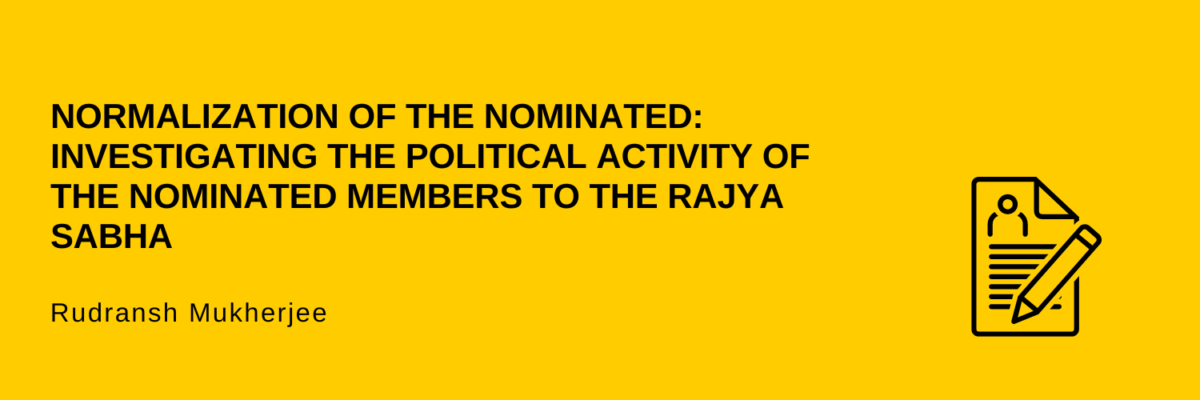

The Indian Parliament’s Upper House, the Rajya Sabha, is a permanent house of 250 members. 238 of them are elected, while the President of India nominates the remaining 12. Article […]

With the Karnataka Assembly election nearing, it is important to look back to the previous election. May 2018 was a turbulent time for MLAs and constituencies across the state – […]
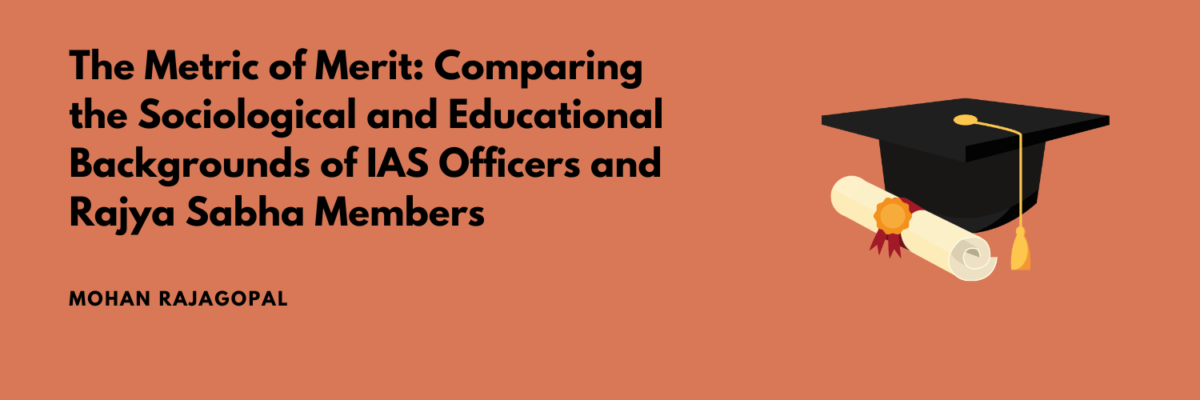
Two of the three pillars of the Indian democratic structure- the legislative and executive- uphold different facets of the Government and hence differ in the expectations for their constituent members. […]

Along the narrow roads in the rural hinterlands of Mysore district, one sees large banners lining the streets. The symbols of various political parties, split between the Indian National Congress […]
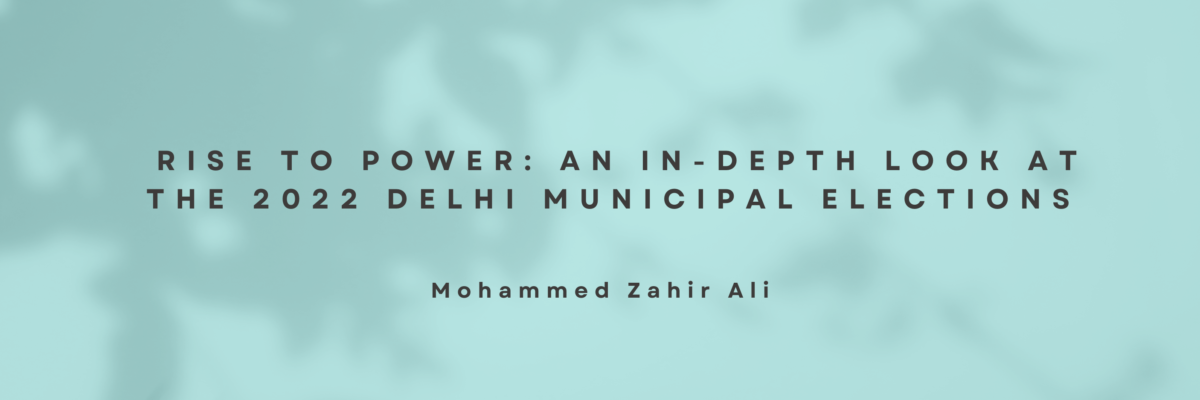
Introduction The 2022 Delhi Municipal Corporation elections marked a significant turning point in the political landscape of the city. The incumbent Bharatiya Janata Party (BJP) lost ground to the Aam […]

Feminisation of Politics Worldwide, women are underrepresented in managerial and leadership positions, particularly political positions. In March 2021, a report by the United Nations highlighted that 25% of parliamentarians across […]
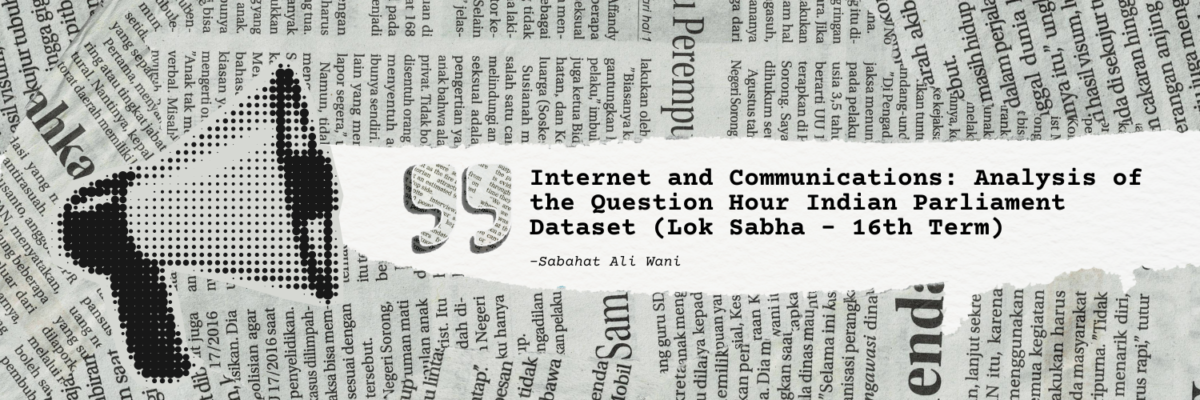
In the current state of affairs, the internet and communications significantly impact the reshaping of the political sphere as people change their behaviour and choices according to the information available […]

Introduction Presidents in India are seen as ceremonial figures who do not possess powers like the elected members of parliament who form the legislative and executive limbs of the government […]

The rulebook of Lok Sabha(upper house) defines “voicing the constituents’ concerns” as the “primary parliamentary duty” of its members. As 543 Members of Parliament (MPs) acting as representatives of the […]
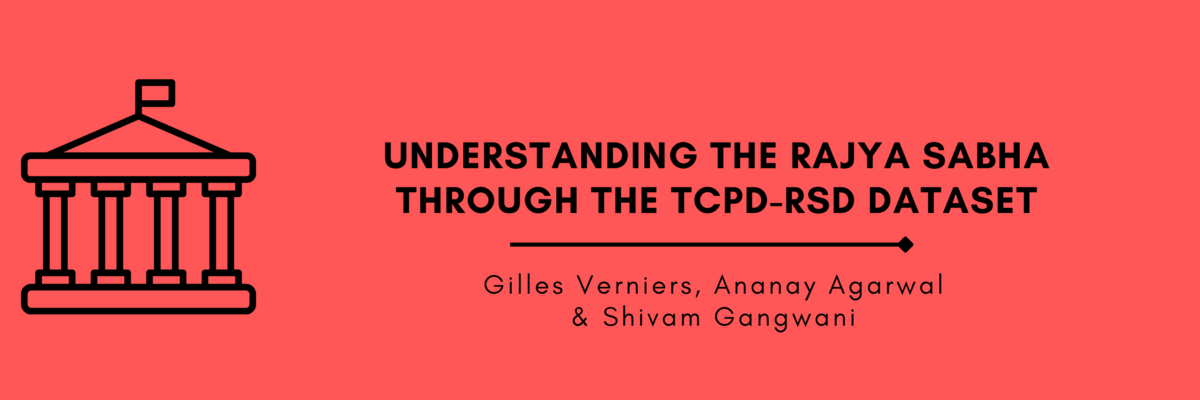
While we know much about Lok Sabha members, little is known in comparison to their counterparts in the Upper House of Parliament, the Rajya Sabha. Its members are indirectly elected, […]